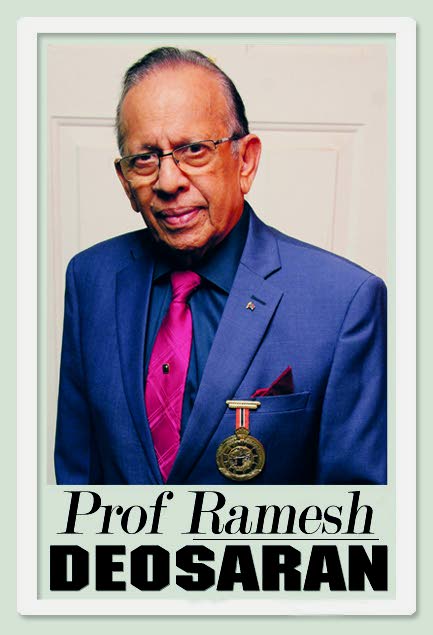Bail, police and hanging

There are three criminal justice issues which have recently attracted public attention – bail for the accused, the death penalty and use of police force.
These three issues received healthy discussion during my two senior Fulbright scholarships to meet outstanding experts and institutions. Use of police force received high-level importance. At the Los Angeles Police Department, where the Chief of Police was William Bratton, our discussion team emphasised that every single time someone is killed by a police officer a quick, thorough and impartial investigation is carried out by their Internal Affairs Division. And this is without any undue interference by the Chief of Police (or Commissioner). A civilian police service is not a military squad. I was also told that hanging has a lot of police support in the US.
An important due-process element in this police-involved investigation is that the chief of police should not make any premature pronouncements, give any view or take any action which may prejudice the outcome of the investigation.
This same caution was emphasised during my visit at John Jay College of Criminal Justice (City University of New York), Nevada’s National Judicial Institute and few years afterwards at the Oxford University Centre for Socio-legal Studies.
The major reason given is that the chief of police (or commissioner) also has a role in taking disciplinary action if and when required over the affected officers. It was therefore ruled the commissioner should not unnecessarily lead or be actively involved in shooting scenarios. If he is, he will then appear unsuitable to apply any disciplinary action against the other officers allegedly involved. Of course, police officers, especially senior ones, well know these basic procedures.
There is a glaring, unforgiving lack of scientific data to justify denying bail for such long periods – as much as four months and more – with lengthy jail of ten, 20-25 years and police powers to enter and search with or without warrant, etc. (eg No.1 of 2018, sunset clause 30 months; No. 17 of 2019, sunset clause three years). Four months awaiting trial in remand is an indirect jail sentence, added to which are ten-year trial delays. Some things are seriously wrong in our criminal justice system. The US State Department recently confirmed this.
A brief look at the embracing crime picture shows that, overall, the detection and charge records are dangerously low for public safety. It is misleading, for example, to use “100 fewer murders in 2020 than 2019” as justification. In 2019, this country suffered its second highest murder rate. Attorney General Faris Al-Rawi should know this is not a valid public safety consolation.
In fact, a more valid test of police competence and its leadership is the detection rate. For example, in 2019, out of the historic 536 reported murders, the detection rate was reported as eight per cent, leaving hundreds of murderers on the loose.

Further, the average detection rate for the 1,446 reported murders (including gang-related) from 2018-2020 was just 13 per cent (182), with over 1,000 alleged murderers on the loose.
And that was when the overloaded Bail Act (No. 17 of 2019) and Anti-Gang Act (No 1 of 2018) were in full force, covering a long string of offences (kidnapping, guns, etc). It will therefore help if compelling evidence is presented to show that these no-bail and lengthy jail provisions worked much better than before.
In the ten years before 2018, however, the detection rate was higher – an average of 21 per cent out of the 4,445 reported murders. Where is the science now to justify these extremely oppressive bail restrictions, with judges becoming mere spectators?
There is more, but for now, it seems that what the police really need are more of what the US government recently donated – a crime scene simulator. That is, technology, from security street cameras, body cameras, to DNA testing and forensic efficiency; also effective prosecutions and expeditious trials, deepened training in community policing, upgraded entry into police service, etc, which were recommended by the Cabinet-appointed Police Manpower Audit Committee.
But this bail challenge started long ago. Around 2007, as an independent senator, I attempted to put science into bail legislation by seeking government data for a five-year period on frequency of certain serious offences, repeat offenders and for what offence, how many charged for each offence, how many granted bail or not, how many granted bail or not on appeal, how many on bail have been subsequently charged and for what offence, how many convicted, etc. This is the kind of data we need before considering oppressive bail proposals.
I will present the government's surprising response next week.
In 1988, the NAR government accepted an enquiry commission's recommendations on the death penalty.
What happened? Lack of space obliges me to return to these issues next week.


Comments
"Bail, police and hanging"